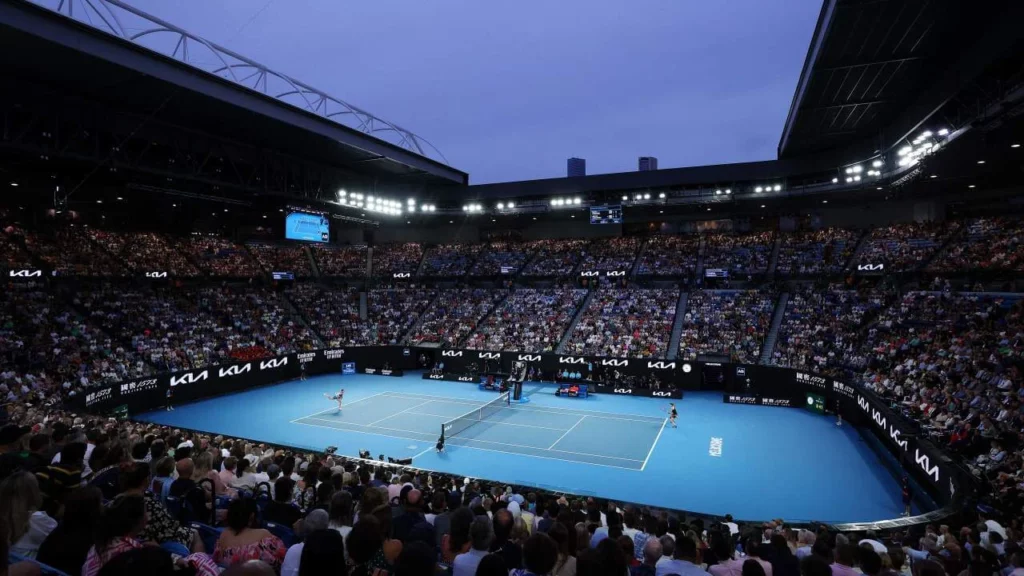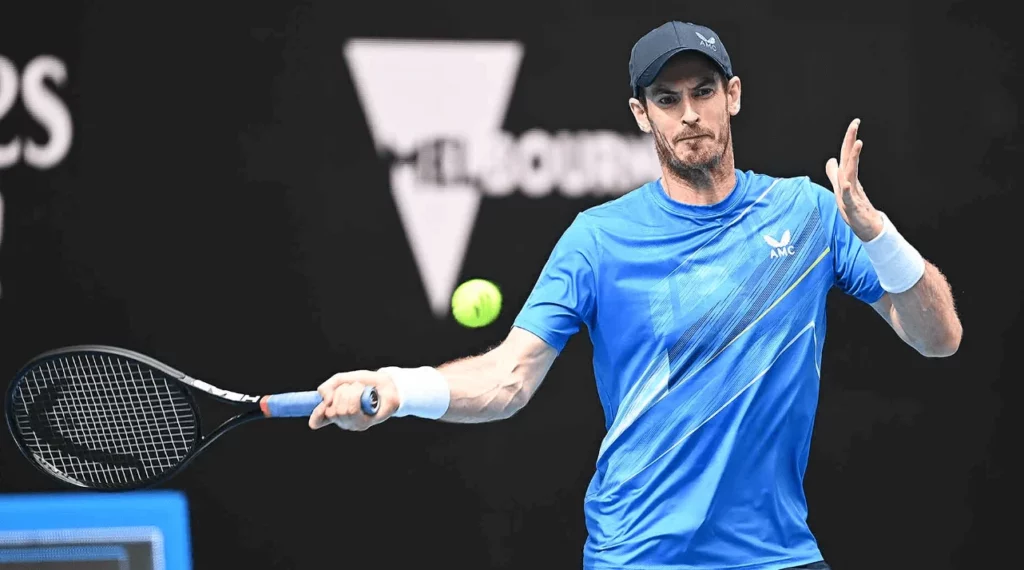
The Australian Open, often termed as the “Grand Slam of Asia/Pacific”, is embarking on a momentous change. In an ambitious move to rectify scheduling challenges, the 2024 edition of the Australian Open will span over 15 days, a significant departure from its traditional 14-day format.
A Historical Shift
The essence of this change stems from the need to accommodate players better and provide an optimal viewing experience for fans. The 2024 schedule will mark the first time in its illustrious history that the Australian Open will stretch over 15 days. This innovative decision, as described by the tournament’s organisers, not only promises efficiency but also ensures that the event remains a pinnacle of tennis excellence.
Why a 15-Day Schedule?
- Minimizing Late Finishes: Over the years, late-night matches have become a concern due to their unpredictability in length. Extending the schedule aims to alleviate this issue.
- An Extended First Round: Spreading the first-round matches across three days, akin to the French Open’s method since 2006, offers flexibility and alleviates scheduling congestion at the tournament’s onset.
- Enhanced Viewer Experience: This alteration in the schedule presents fans with an additional day of riveting tennis, combined with unparalleled entertainment and gastronomic delights.
“We’ve listened to feedback from the players and fans and are excited to deliver a solution to minimise late finishes while continuing to provide a fair and equitable schedule on the stadium courts. The first round will now be played over three days instead of two, also giving fans an extra day of unbelievable tennis, entertainment, food and family fun.” – Australian Open Tournament Director Craig Tiley
Breakdown of the Changes
In the light of this revamped structure, it’s paramount to understand the nuanced changes that this extension will bring about. The shift isn’t merely about adding a day but rather a strategic rescheduling to enhance the quality of the tournament both for players and fans.
The Numeric Transformation
| Previous Structure | New Structure for 2024 | |
| Total Sessions | 47 | 52 |
| Day Sessions on Rod Laver Arena | At least 3 matches | At least 2 matches |
| Day Sessions on Margaret Court Arena | At least 3 matches | At least 2 matches |
| Night Sessions | Unchanged (At least 2 matches) |
From the table, it’s evident that the primary changes revolve around day sessions, with the night matches remaining untouched. This change ensures a better balance and reduction in the possibility of late-night finishes.
Groundbreaking Precedents
The new format will draw some parallels with other Grand Slams. For instance, the first-round matches will be spread across three days, a strategy the French Open adopted in 2006. This provides ample breathing space at the beginning of the tournament, especially when the schedule is at its busiest.
Another notable change pertains to the Rod Laver Arena and Margaret Court Arena schedules. Both these courts will now feature a minimum of two matches daily, a reduction from the previous three. This adjustment, as emphasized by the organizers, is specifically intended to reduce the chances of late finishes, a recurring challenge in the past.

Andy Murray, after a gruelling early morning victory against Kokkinakis, provided valuable insight into this matter: “I think the US Open went to playing two matches in the day session. That would stop the day matches running into the night session starting too late. You’d still get quality matches during the day. The people who bought ground passes would get to see more of the top players, which would be excellent for them.” – Andy Murray
Analyzing the Global Impact
While this transformation is centered around the Australian Open, its repercussions will be felt throughout the tennis community.
The Challenge of Predictability
Tennis, unlike many other sports, lacks a set clock. A match can be as brief as an hour or extend up to five, making it inherently unpredictable. Wimbledon, for instance, has an 11 pm curfew, which was notably enforced during Murray’s duel with Stefanos Tsitsipas.
Other Grand Slams, however, don’t impose such restrictions. The US Open has seen matches concluding in the wee hours, proving the universal challenge of scheduling in tennis.
A Resonating Echo in the Tennis Community
The move to stretch the Australian Open’s duration has been largely embraced by the tennis fraternity. Former Australian tennis sensation, Louise Pleming, regards the decision as immensely beneficial for players. Reflecting on the taxing match between Andy Murray and Thanasi Kokkinakis, she underscored the strain on players who, after exhausting games, are still expected to meet media responsibilities.
Concluding Thoughts
As the tennis world anticipates the 2024 Australian Open, it does so with bated breath, excited about a historic shift that promises better scheduling, captivating tennis, and a seamless viewing experience.
“Changes such as these are instrumental in ensuring the Australian Open retains its edge as one of the foremost Grand Slam events. As a melting pot of culture, gastronomy, and elite tennis, this extended structure will further enhance Melbourne’s reputation as the ‘Grand Slam of Asia/Pacific’. – Louise Pleming
In the vast arena of tennis, where unpredictability is its very nature, the Australian Open 2024 is sculpting a pathway for other tournaments, pushing boundaries, and ensuring that tennis remains a sport loved by billions globally.







